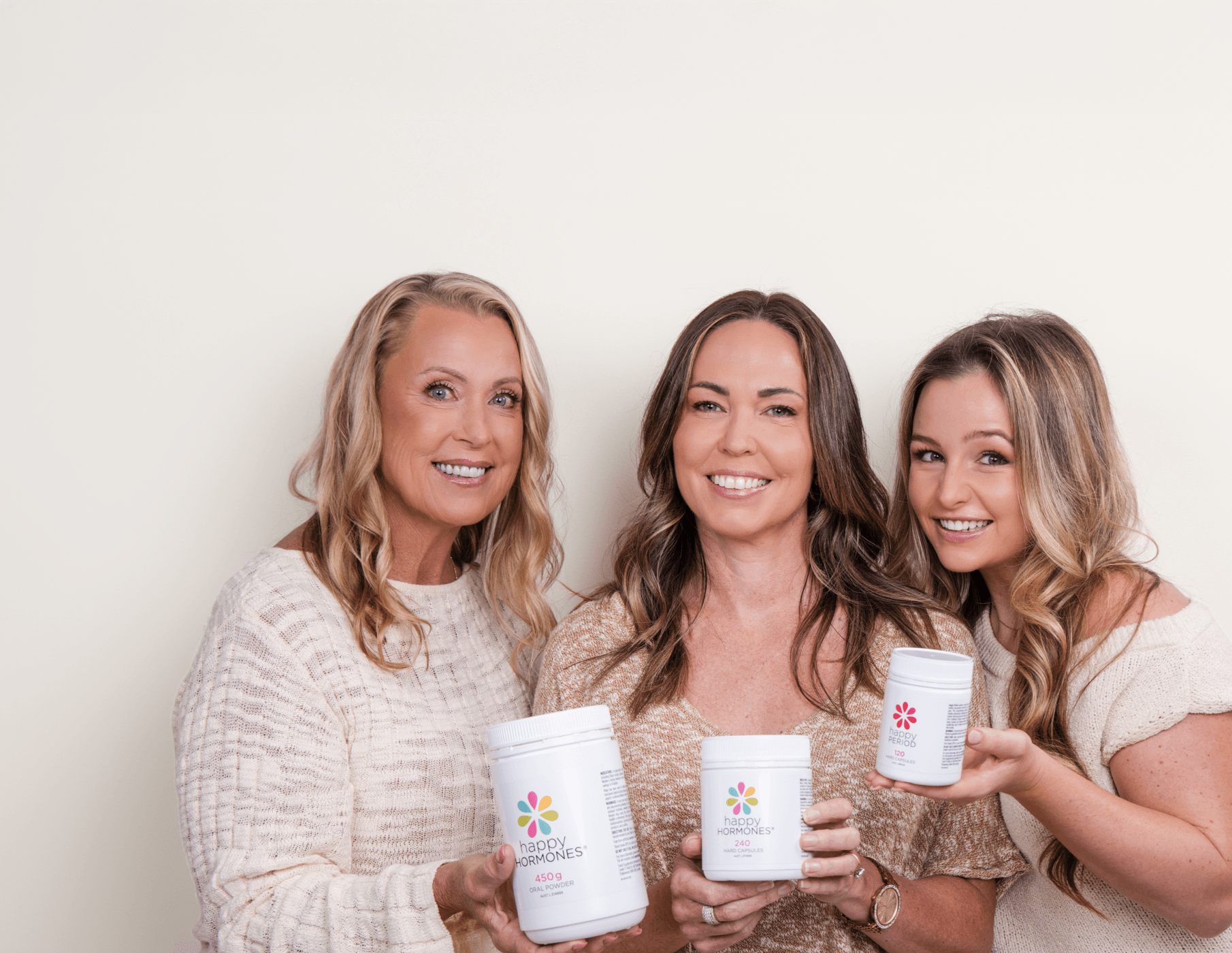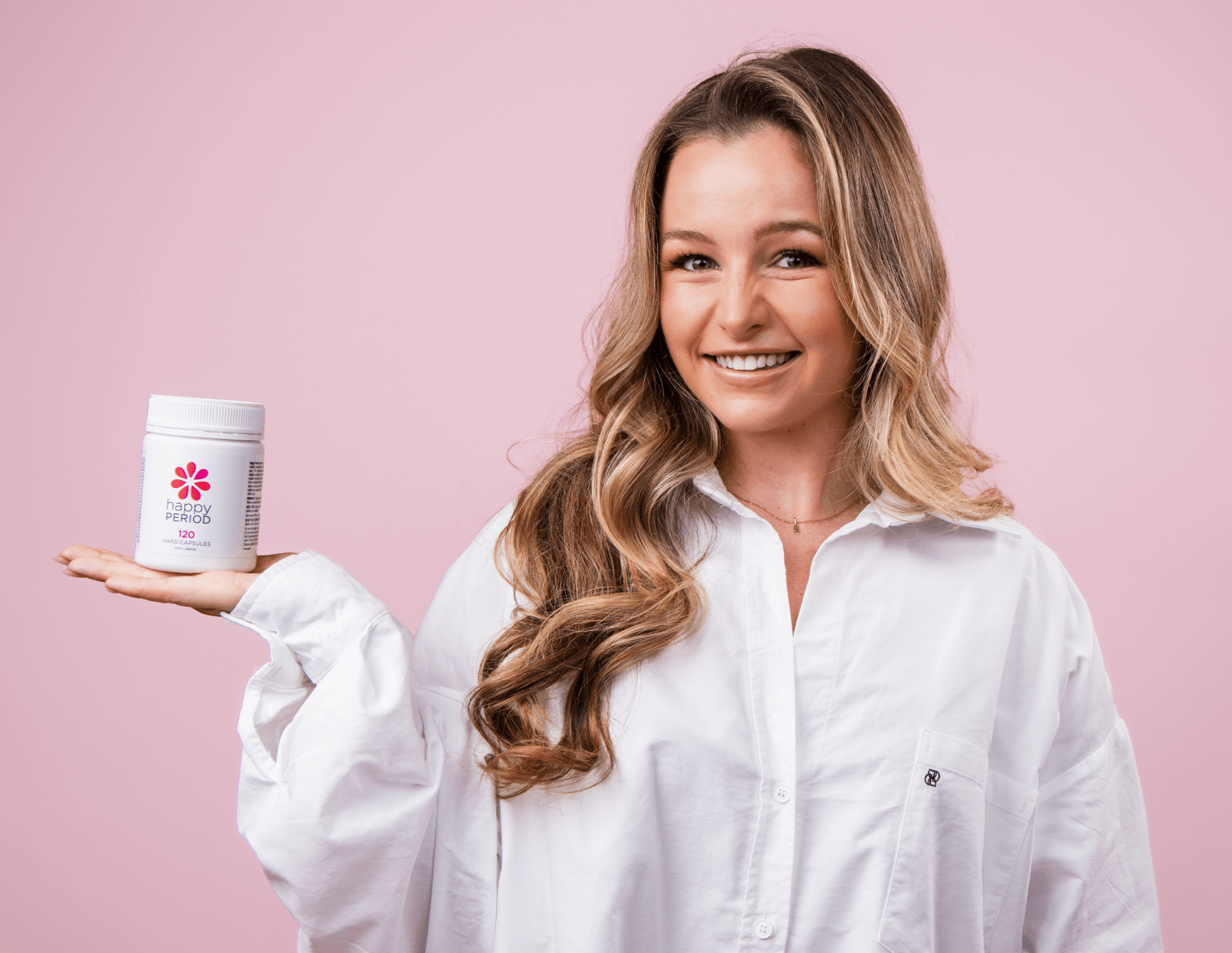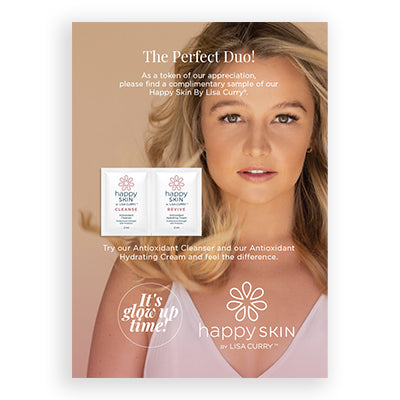
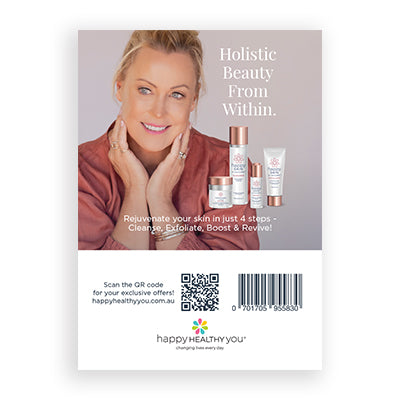
Description
Happy Skin by Lisa Curry Sachet A6 Postcard
Subscribe & Save Learn More
Description
Shipping & Delivery
We ship orders fast—usually same or next business day. Free shipping is available on orders over $70 within Australia & New Zealand, and express options are on offer if you need it quicker. International shipping is also available. View full shipping details
Estimated delivery: 2-4 business days

What Sets Us Apart?
Pure Ingredients
Only clean, natural ingredients — free from fillers, additives, preservatives, or anything unnecessary.
Potent Formulas
Crafted by naturopaths with clinically active doses that actually work and make a noticeable difference.
Proven Results
Over 18,000 five-star reviews from real women who’ve experienced lasting, measurable improvements.
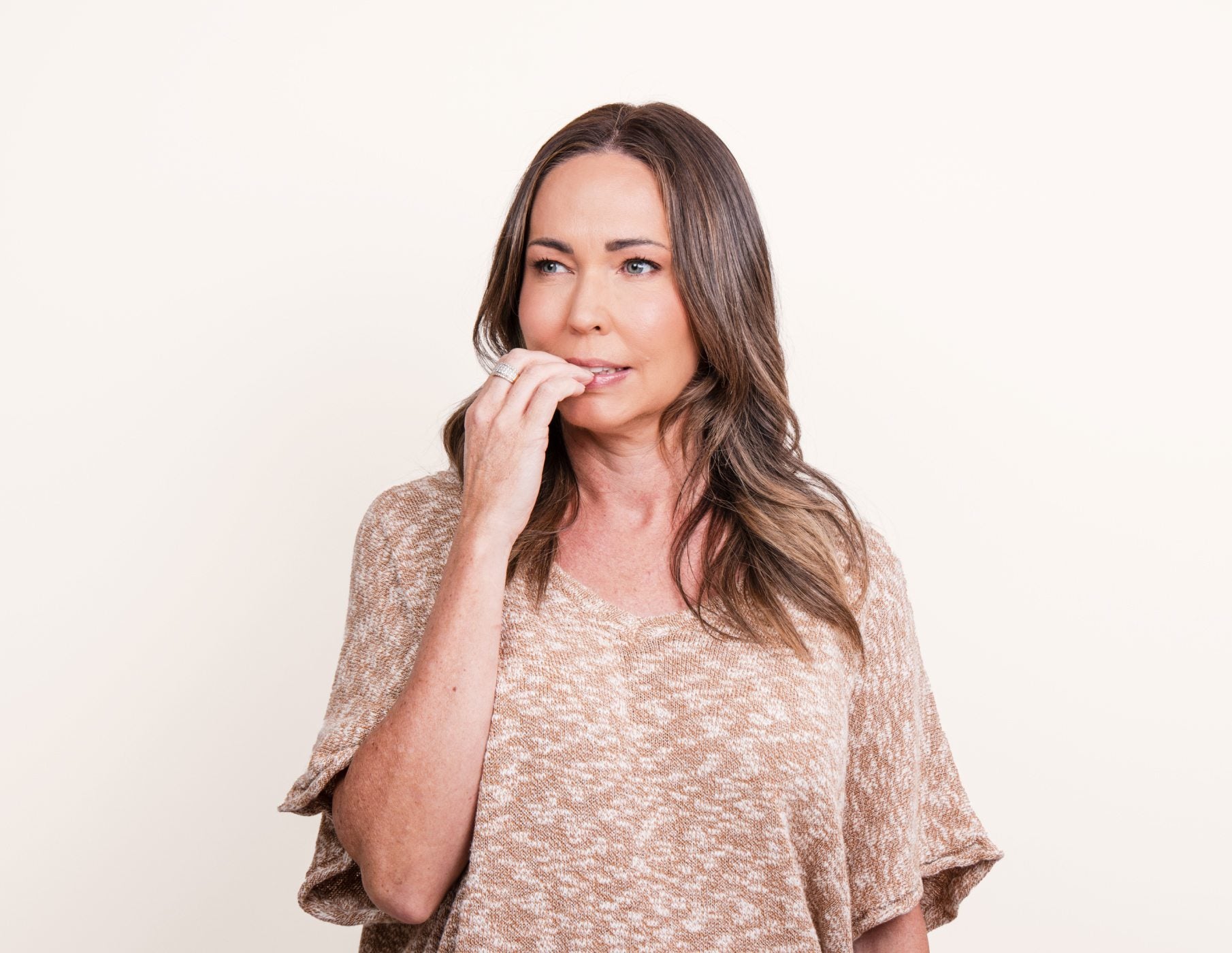
Is this how you’re feeling?
If you’re feeling a bit off, you’re not alone. These symptoms are common when hormones or health fall out of balance:
Frequently Asked Questions
Here are some quick answers to help you with Happy Skin by Lisa Curry Sachet A6 Postcard.
Reviews Speak For Themselves
Here’s what customers are saying about their experience with Happy Healthy You — from customer care to life-changing results.
You May Also Like

No bots. No pressure.
Talk to a Real Person Who Gets It.
We know how confusing and isolating hormonal changes can feel — that’s why we offer a free 10-minute consult with a real practitioner who truly gets it. Whether you’ve got questions about your symptoms, need help choosing the right product, or just want to talk things through, we’re here for you.
It’s quick. It’s free. And it might be the first step toward feeling like yourself again.
Book Your Free ConsultFree Shipping
On all orders above $70 AUD
60 Day, 100%
Money-back guarantee
Safe & Secure
Payment methods and checkout
Join The Family
Gain access to our groups

